Ulefone Armor 15
Ulefone is one of a cluster of rugged phone makers from China that are trying to outdo the others with progressively sophisticated designs and very approachable pricing.
Its Armor series is a bestselling line regularly overhauled with better processors, enhanced displays, and unique features.
Today we’ll be looking at the latest design, the Ulefone Armor 15. This relatively inexpensive device has notable improvements over the Armor 14 series and a hidden capability we’ve not seen before.
Is the Armor 15 the right choice for those who work outdoors, or could you get something better for the money?
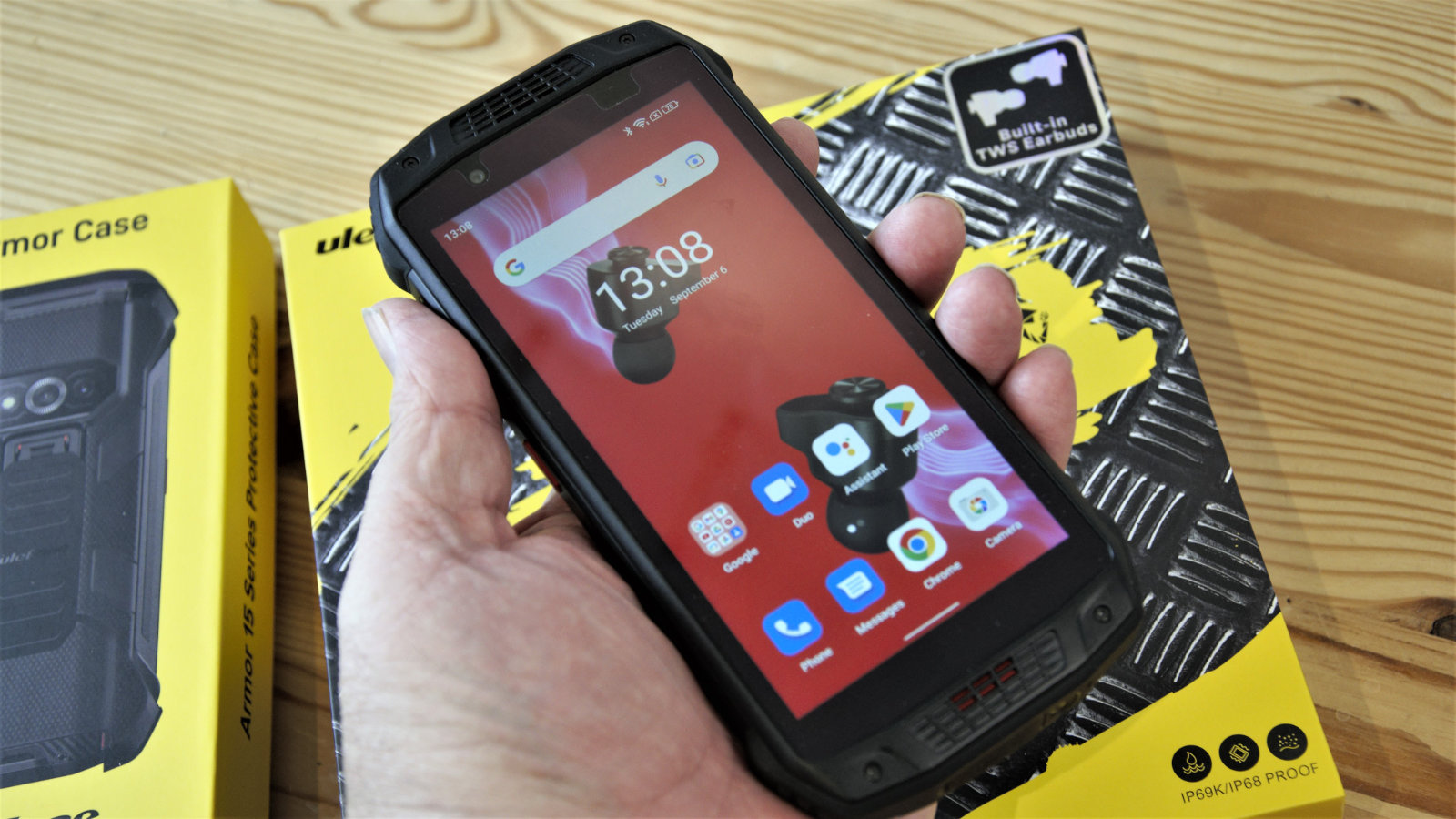
Price
The Armor 15 costs just $349.99 from Ulefone North America (plus shipping), but only $259.99 direct from the global Ulefone website (plus shipping).
However, the cheaper option is a global model, where the Armor 15 sold in the USA has been adjusted for that mobile communications environment.
In addition to the basic phone, Ulefone also sells a protective case designed to protect the phone further. The phone and protective case are $284.98 from the global site when bought together.
The Armor 15 comes with the rear panel in black, red and blue, although all of these are mostly black.
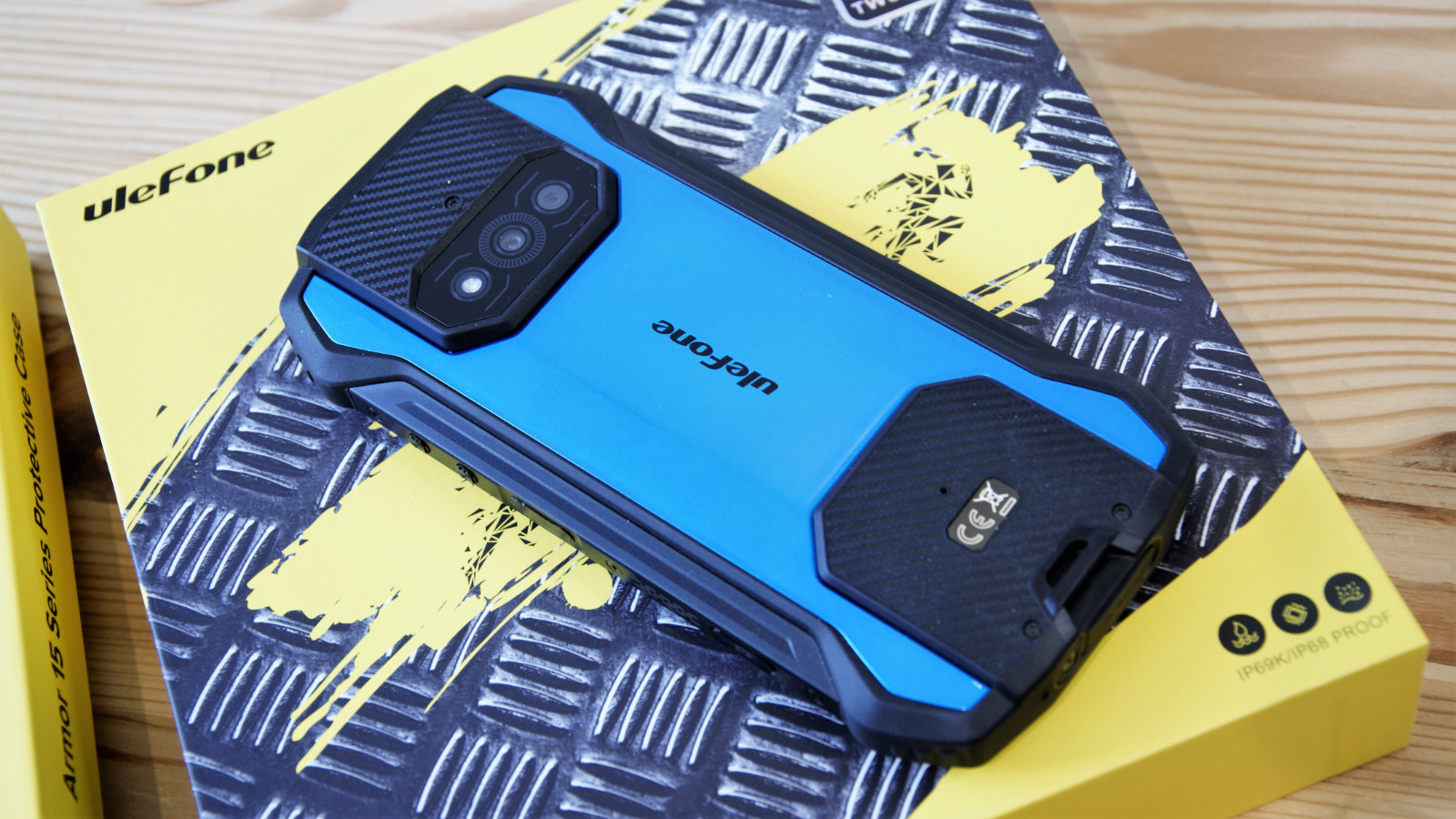
Design
The Armor 15 is easily one of the more attractive designs that Ulefone has created, and it exudes an outdoor lifestyle without looking like it was made to withstand mortar fragments.
This design is also a little smaller than many tough designs, with the designers using a 5.45-inch display and not anything larger.
With a mass of 346 grams, this device is lighter than the 14 Pro, but only by a few grams. Even with some rounded and rubberised corners, this isn’t anything you’d appreciate being struck with accidentally or otherwise.
In common with many rugged phone designs, to provide additional internal space, the camera cluster on the rear is pushed out a few mm. Making it impossible for the device to sit nicely when placed on a flat surface. To accommodate this projection, Ulefone also made a corresponding bulge on the bottom that’s almost as proud.
This keeps the coloured back from being scratched and reduces the possibility of the phone sliding. The only downside to this layout is that it negates the possibility of wireless charging, something that would enable the user to avoid unplugging the USB-C port and helps keep the phone waterproof.
The rubber plug-covered charging port is on the bottom, where you might expect it, and there are two very similar covers at the other end that obscure a hidden secret about this design that we’ll talk about later.
As for the button layout, it’s mostly by-the-numbers. A thumb-sanctioning power button and fingerprint sensor along with a dedicated camera button and the volume controls on the right, and the SIM card slot and a customisable button on the left.
One aspect of the buttons that we especially liked is that the volume control is two separate buttons, not a rocker, making it much easier to use for combined presses such as screen capture.
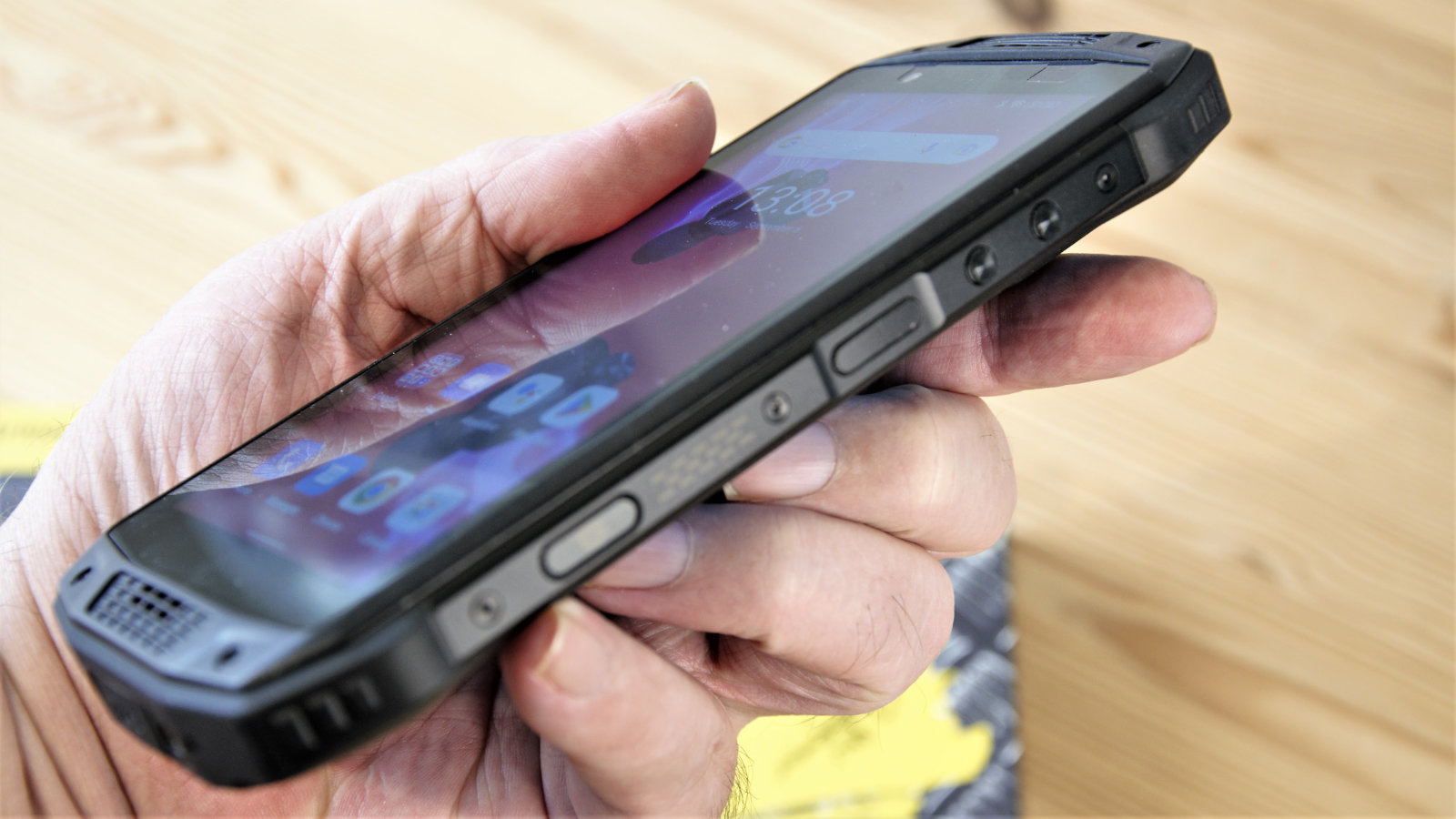
But by far, the oddest feature of the Armor 15 is that hidden under two rubberized doors on the top are a pair of TWS Earbuds. That they found sufficient space to house these two items is impressive, and the location also provides a means to charge them when not in use.
What’s great about these is that once paired with the Armor 15 over Bluetooth, they will automatically connect when removed from their home and disconnect when you put them back.
Ulefone makes an Armor Case for this design that takes account of the doors that cover the earbud garage and provides a simple means to hang the phone on a belt using a carabiner.
The Armor 15 looks the part from the outside, but what’s inside might be more important.
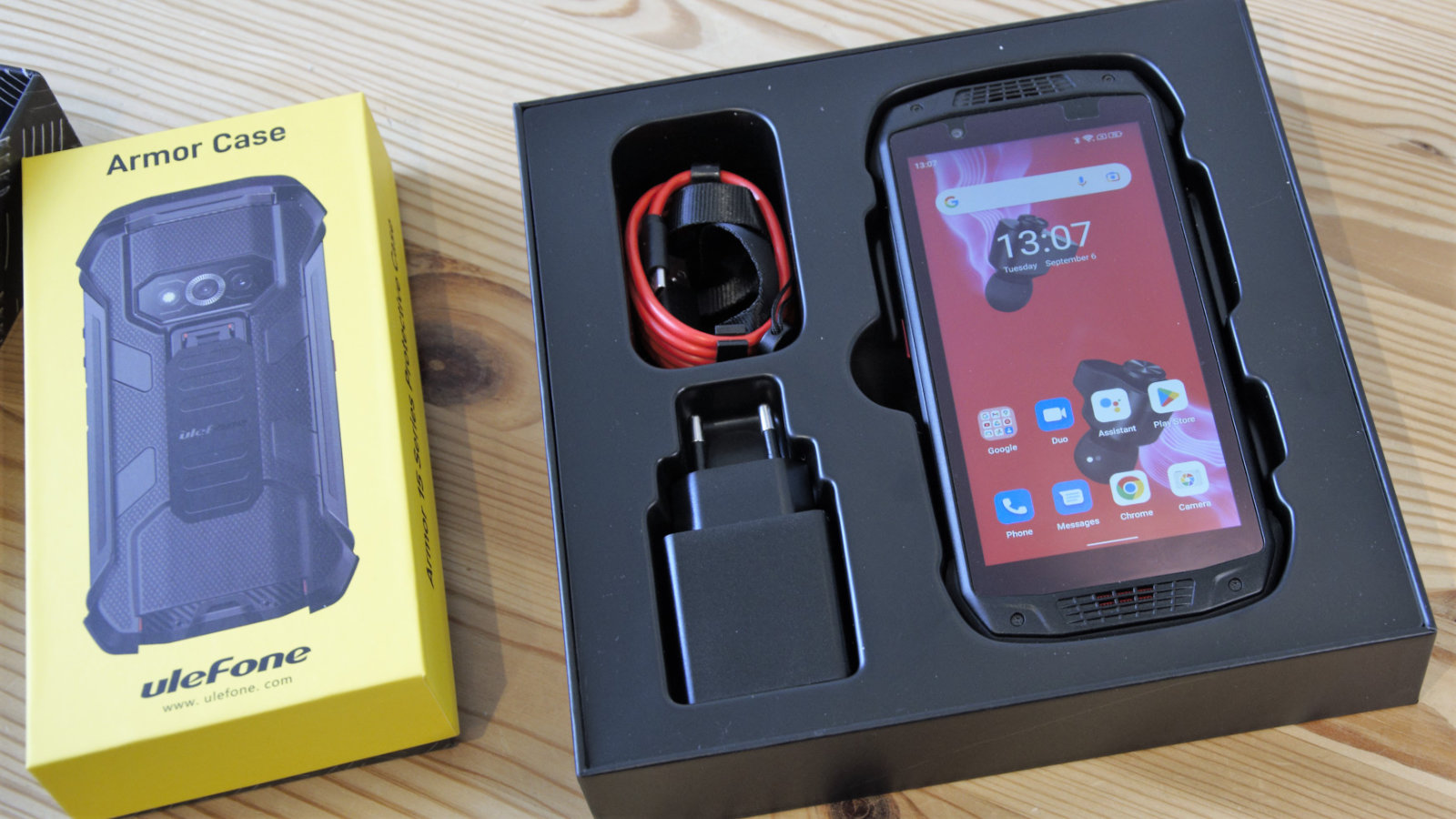
Hardware
The Ulefone Armor 15 that was sent to us for review came with the following hardware:
CPU: MediaTek Helio G35
GPU: IMG PowerVR GE8320
RAM: 6GB LPDDR4X
Storage: 128GB (microSD memory card Up to 1TB)
Screen: 5.45" IPS TFT
Resolution: 720 x 1440 HD+
SIM: Dual Nano SIM
Weight: 346g
Dimensions: 170.2 x 79.6 x18.2 mm
Rugged Spec: IP68, IP69K and MIL-STD-810H
Rear cameras: 12MP SONY IMX363 Sensor and 13MP Wide-angle Camera Samsung S5K3M3
Front camera: 16 MP SONY IMX481 Sensor
OS: Android 12
Battery: 6600 mAh
From reviewing previous Ulefone designs, we expected a MediaTek SoC, and the designers of the Armor 15 didn’t confront those expectations.
Though, we were surprised that the Armor 15 uses the identical Helio G35 that the Power Armor 14 base model, which was probably the weakest link in that design.
The G35 isn’t the most powerful SoC platform we’ve tested and is a notch below the Qualcomm Snapdragon 480. It might be an octo-core design, but the PowerVR GE8320 is a remarkably lacklustre GPU that isn’t suitable for gaming or VR.
Perhaps it is time that Chinese phone makers let go of the seven-year-old ARM Cortex-A53 cored SoCs and move on to a more contemporary architecture.
In this context, the Helio G35 SoC is combined with 6GB of RAM and 128GB of storage, amounts that should be adequate for basic tasks. However, the SIM tray can accept a Micro SD card of up to 1TB in size enabling more storage, and it still can also hold two Nano SIMs simultaneously.
We’ve seen some odd resolutions on Chinese phones of late, and the 720 x 1440 pixels 18:9 ratio panel on this design is one of these.
Ulefone designates it as HD+, conveniently forgetting that HD is 1920 x 1080, a higher resolution.
Previously the Ulefone designers often used the SONY IMX350 as the primary rear camera and the SONY IMX481 for selfie front-facing work. These have been upgraded with the newer SONY IMX363 backed up with a Samsung S5K3M3 wide-angle Camera on the rear. But, the same SONY IMX481 sensor is on the front.
The SONY IMX363 is an excellent sensor that turned up in the Pixel 3 and iPhone 11, but it is still limited to 1080p video capture, sadly. Still image capture is generally very good at a maximum resolution of 4032 x 3024, and the inclusion of a dedicated photo button helps to get ready to shoot quickly.
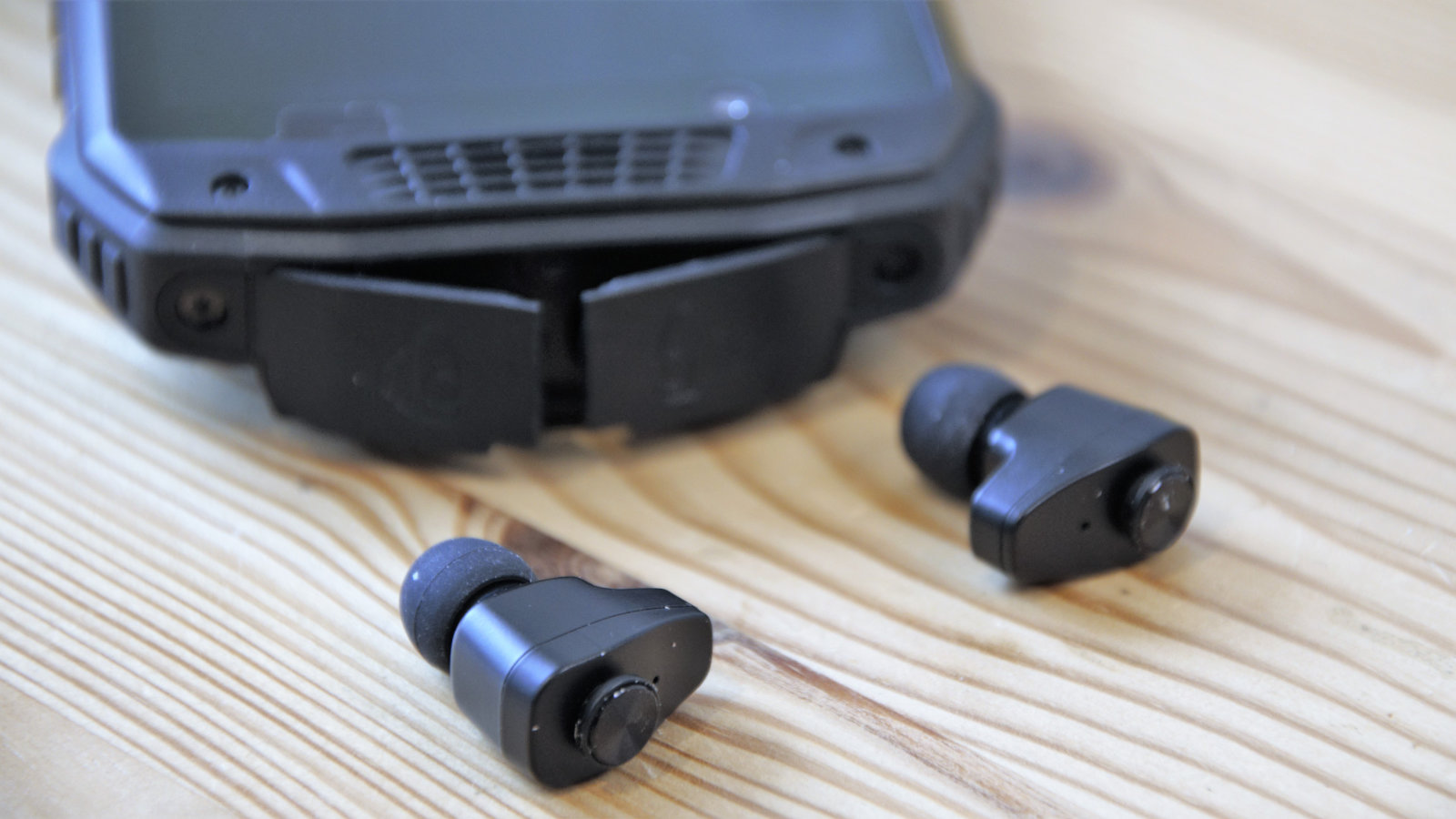
The camera is enabled for video and still images to be taken underwater. But, considering that the waterproofing is rated for a maximum of 1.5M for 30 minutes, and the phone doesn’t float, we’d be very careful attempting to use it in this way.
As with all Ulefone rugged designs, liquid damage is not covered under warranty.
Unfortunately, we also need to mention that the Helio G85 SoC doesn’t have video encryption security to access HD streamed content from Netflix, Disney, or Amazon at more than 480p.
The other significant drawback of this design is that it doesn’t support 5G. While in some regions, 5G isn’t an option, in those where it is, reverting to 4G would be considered retrograde.
Presumably, to leave physical space for other features, the battery on the Armor 15 is only 6600 mAh, even less than the Power Armor 14 Pro. That capacity would be fine in a normal phone, but it’s on the low side for rugged designs that might be carried for days away from mains power.
Battery life is 36 hours of talking and 360 hours of standby, about half what some of the 10000 mAh enabled phones are offering.
Performance
This is how the Ulefone Armor 15 performed in our suite of benchmark tests:
Geekbench: 178 (single-core); 974 (multi-core)
PCMark (Work 3.0): 5448
Passmark: 4505
Passmark CPU: 2382
3DMark Slingshot: 813 (OGL)
3DMark Slingshot Extreme: 458 (OGL). 663 (Vulkan)
3DMark Wild Life: N/A
HWBot Prime: 4671
Rather than leap through the hoops of our benchmark testing, the Armor 15 made less elegant progress and delivered some disappointing numbers.
While the performance limits of the Helio G35 are well documented, in the current era, a phone that can’t play even some of the graphical tests smoothly is a concern.
It even failed to play 3DMark Wild Life because the Vulcan implementation didn’t support sufficient features, sadly.
To put these numbers into some perspective, our testing of the Power Armor 14 Pro that uses the Helio G85 managed to run all the tests and had an OpenGL score of 3472 in the Slingshot bench, whereas the G35 scored only 813. That’s a fraction of the power, and while the differences varied on each test, this was consistently one of the worst performers we’ve tested.
In use, the phone seems agile and responsive, but challenge it with a job that involves graphics or processing, and it doesn’t have the computing power to achieve much.
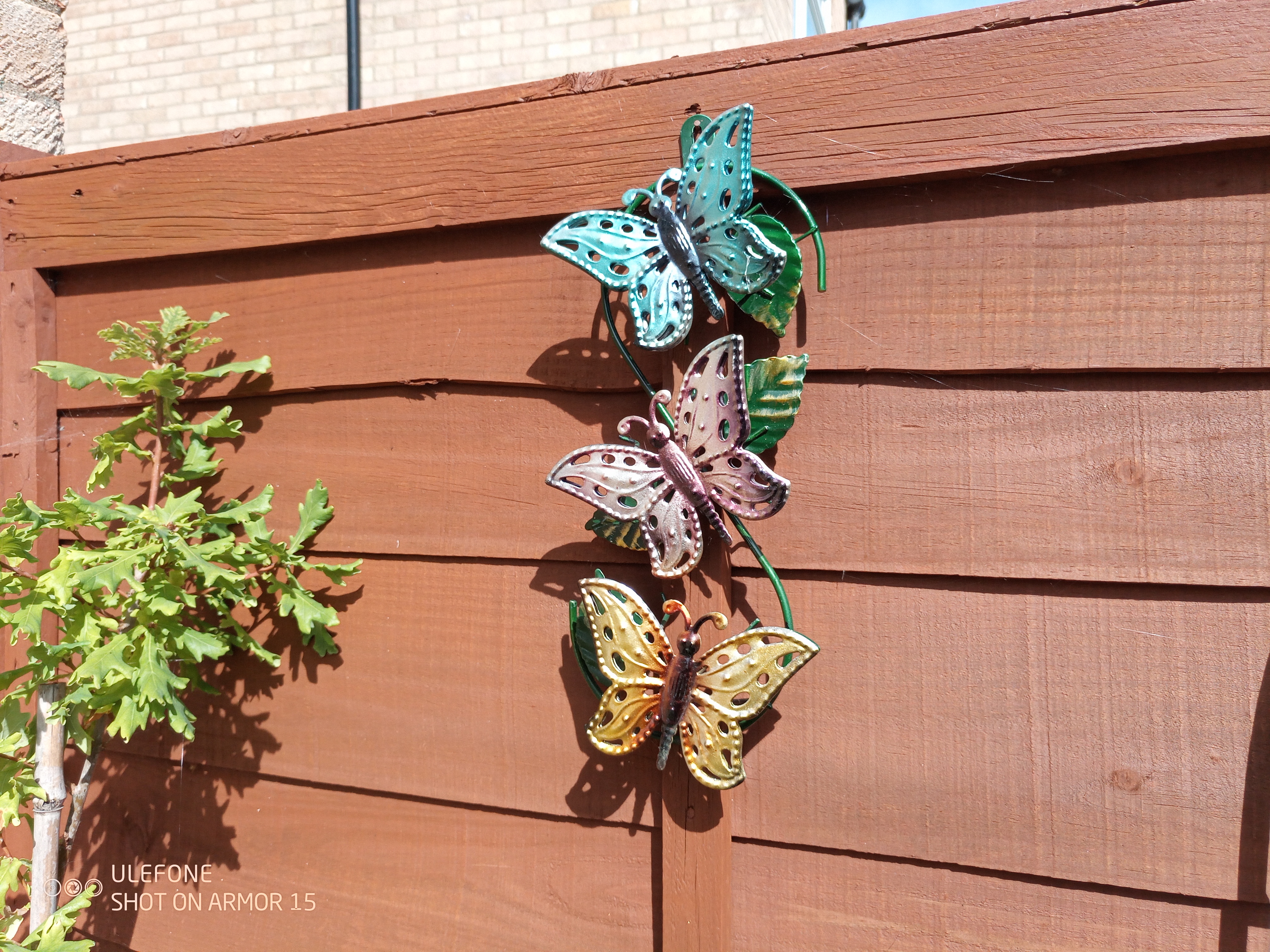
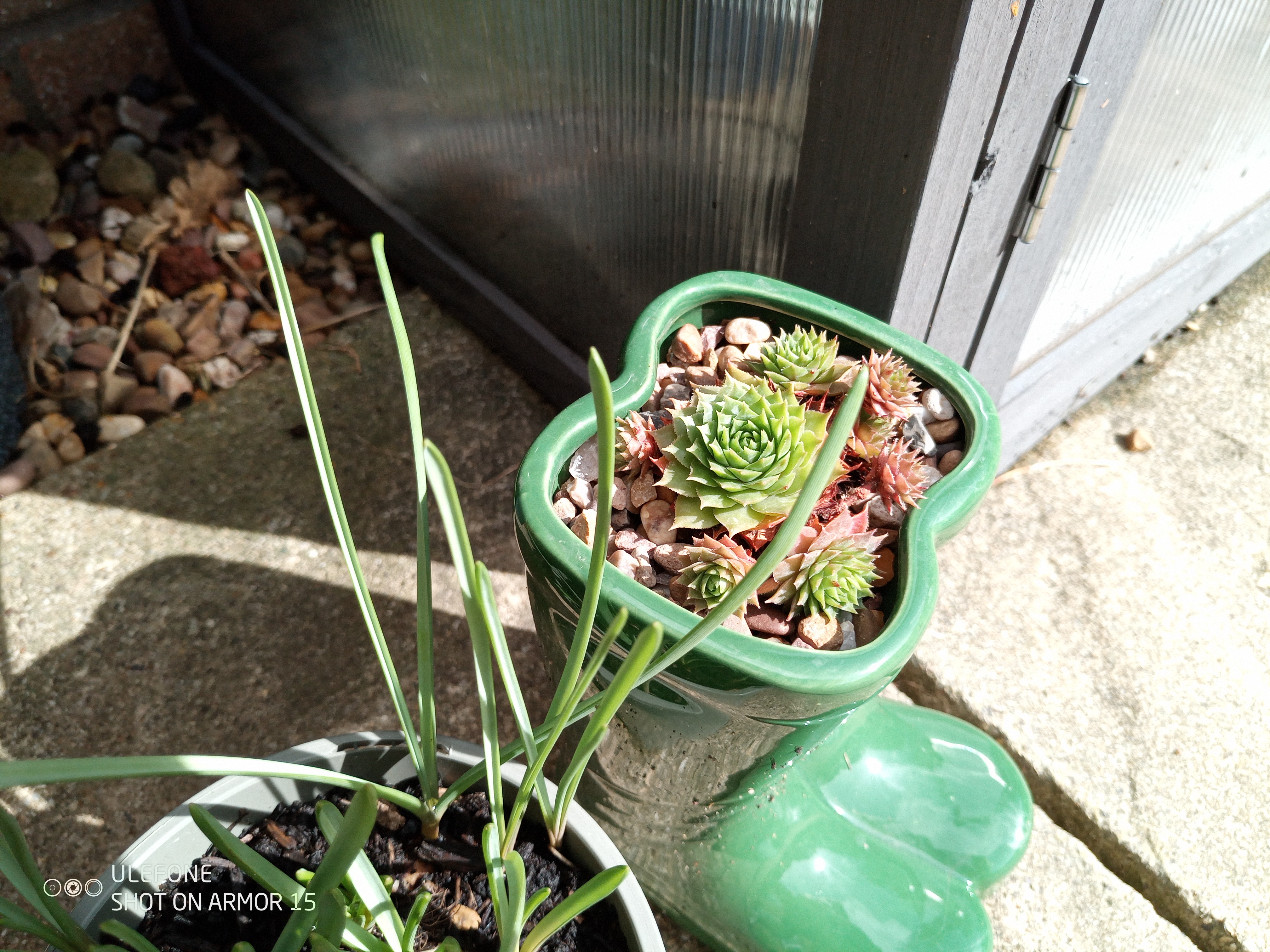


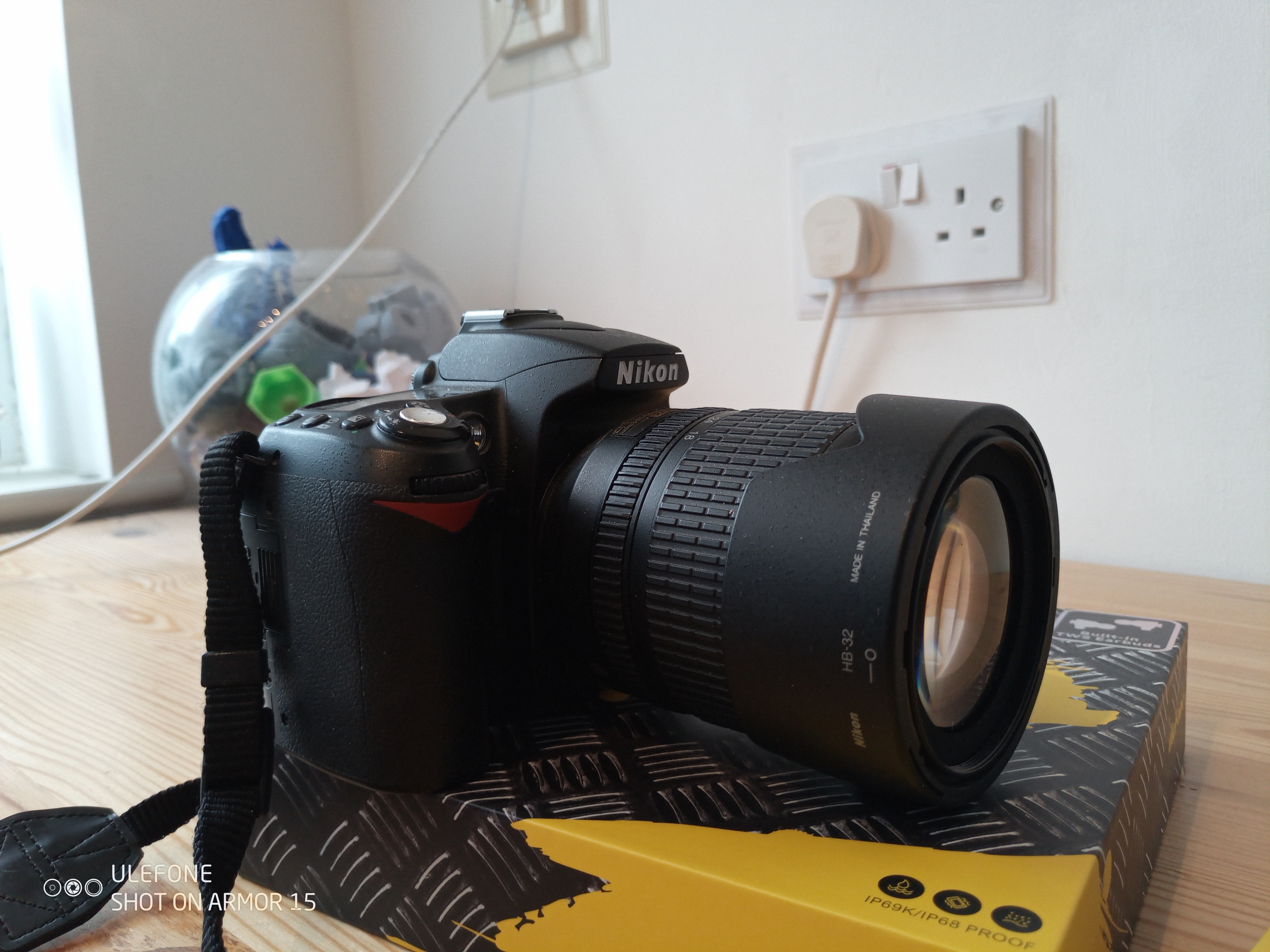
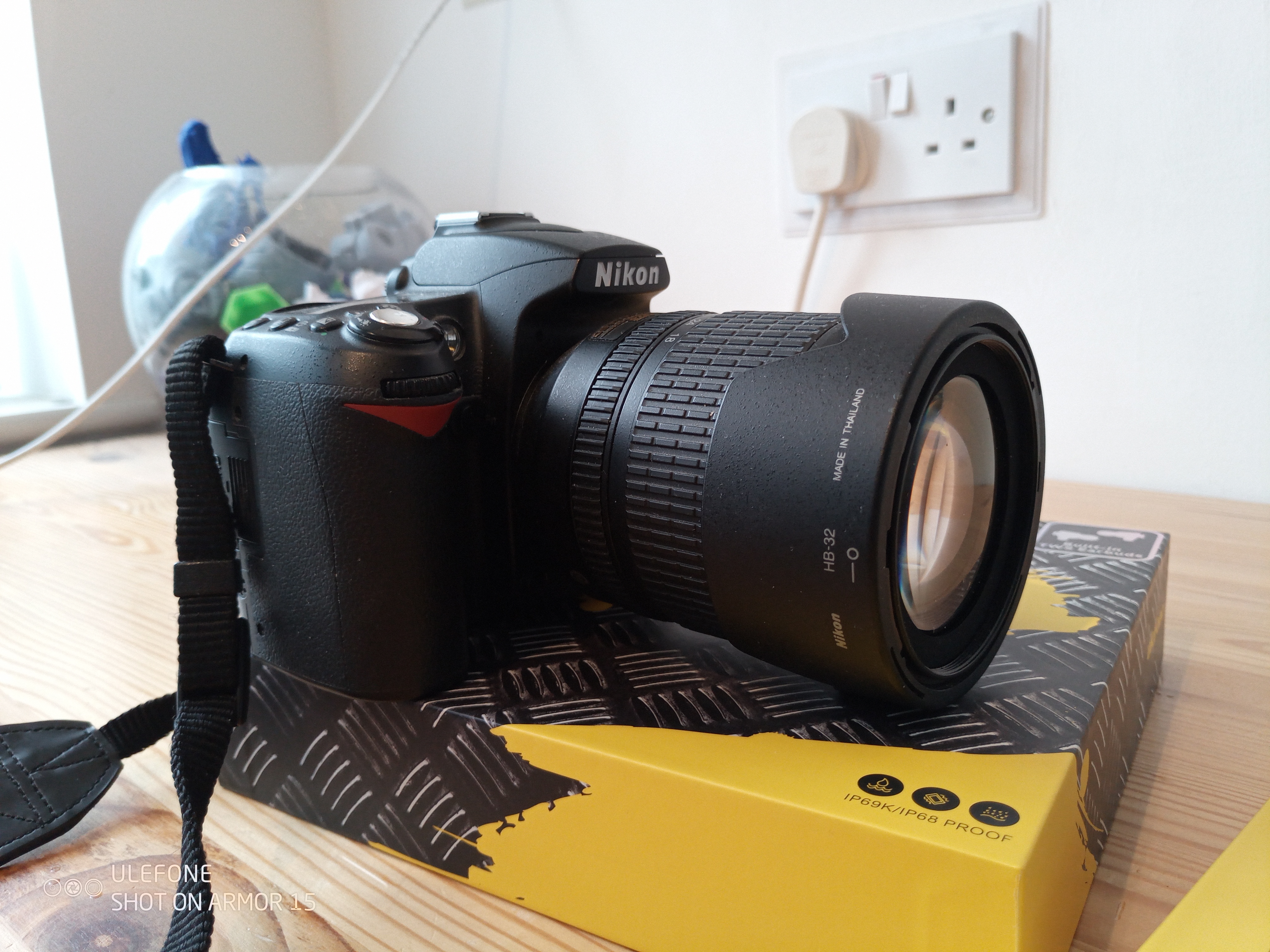
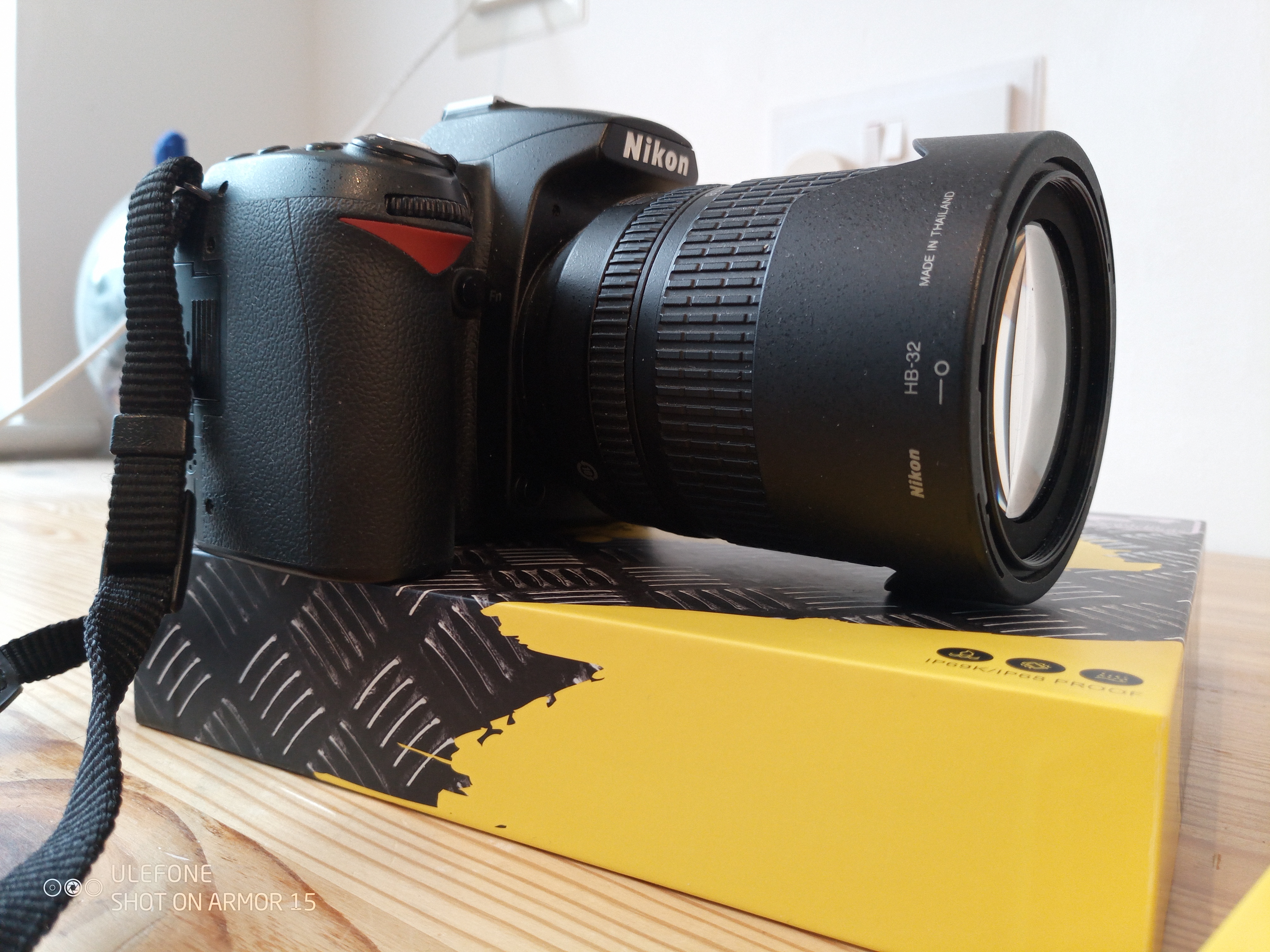
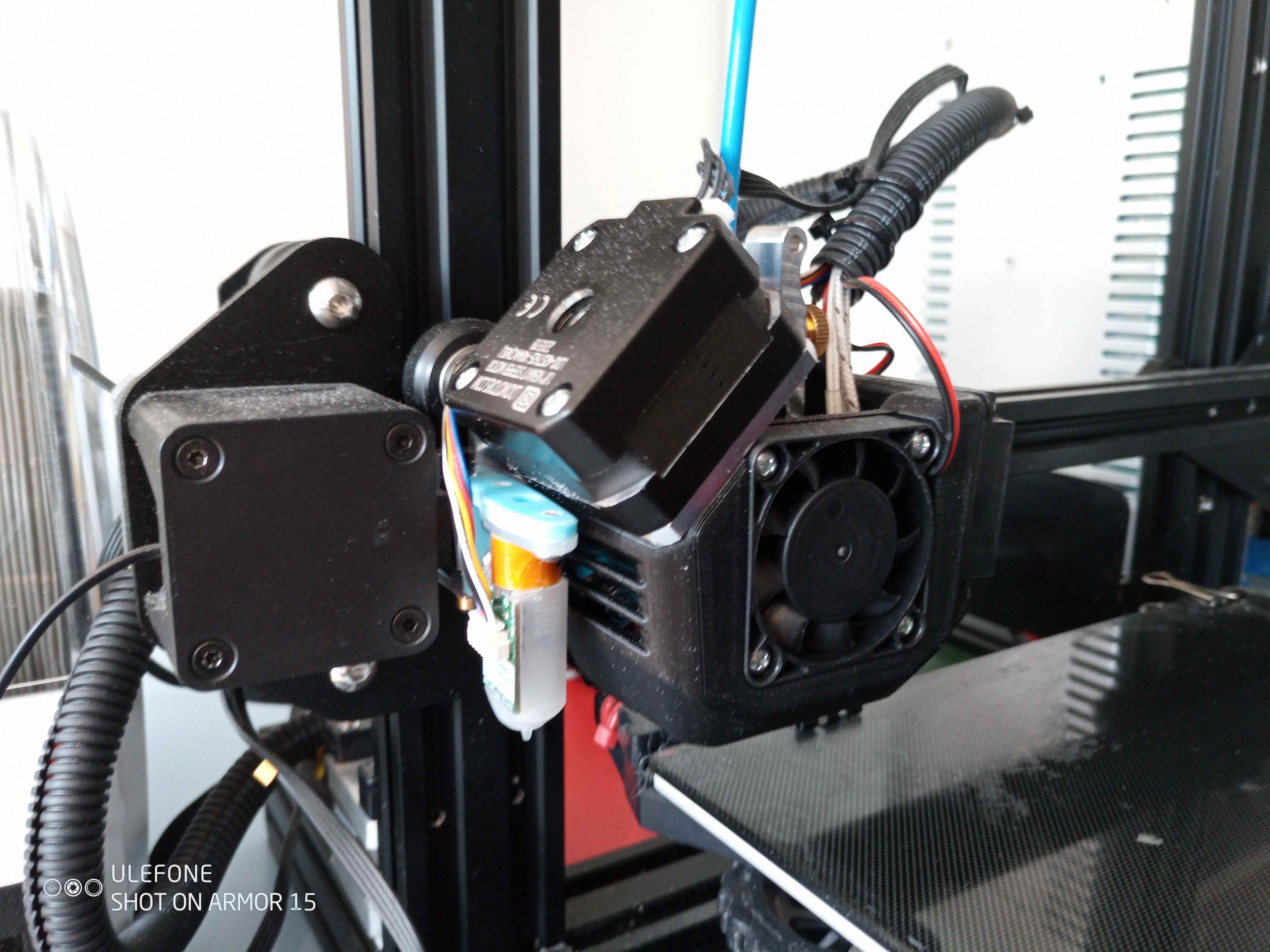

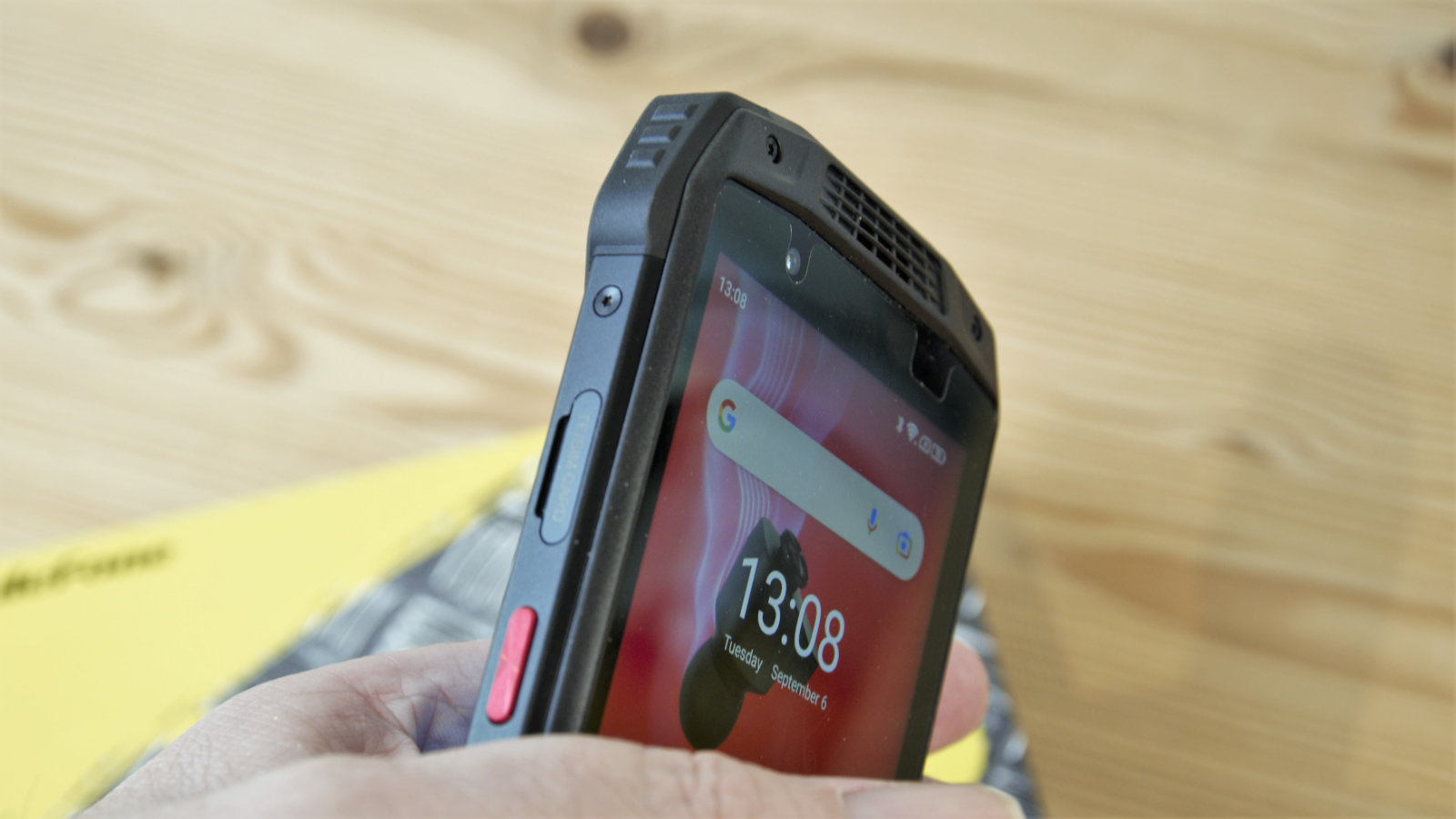
Final verdict
To put it bluntly, this isn’t the most powerful rugged phone Ulefone has made, although because the interface is reasonably snappy, most users will be gloriously unaware of its limitations, at least initially.
Other limitations include the inability to capture better than 1080p video, no 5G comms, and only 480p streaming of Netflix. These are mostly issues to do with the Helio G35 SoC, and its use of the ARM Cortex-A53 that needs to be put out to pasture.
The inclusion of the integrated Earbuds is a nice touch, but it appears that Ulefone doesn’t list replacements should you accidentally break or lose them.
Overall, the Armor 15 doesn’t take enough steps forward and suffers in comparison with the cheaper Power Armor 14 Pro design. Inevitably Ulefone will make a Pro model that addresses some of these issues, but probably not all of them.
- Also check out our complete list of the best rugged smartphones
0 comments:
Post a Comment